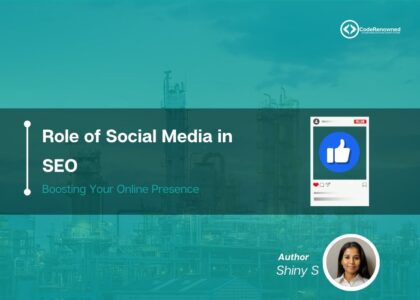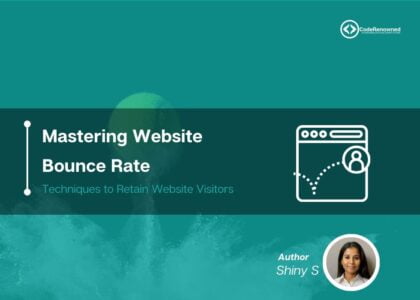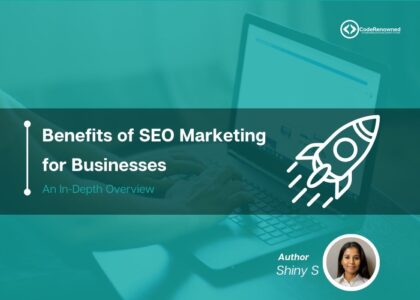Do your advertisements aren’t engaging or driving results like before? If yes, you’re target audience may be experiencing ad fatigue. Ad fatigue occurs when you show advertisements repeatedly to the same people. This reduction in the effectiveness of ad messages, engagement and will have a significant impact on consumer behavior and overall marketing efforts. In this article we covered the definition and significance of ad fatigue, the factors contributing to it, and its impact on consumer behavior.
Ad fatigue is a state in which consumers start avoiding advertisements after seeing the same ads repeatedly. It happens when the target audience becomes tired of seeing the same ads again and again, which decreases ad engagement and leads to no call to action from consumers. In this digital era, ad fatigue is increased and consumers are constantly bombarded with the same or multiple ads on various digital platforms.
Factors Contributing To Ad Fatigue
Ad fatigue is caused by several factors including
- Annoying advertisements sound
- Showing the same ad again and again
- Aggressive targeting
- Less ad relevancy
- Creative burnout and more
Impact of ad fatigue on consumer behavior
Ad fatigue can have a high impact on consumer engagement and purchase behavior. The primary signs of ad fatigue are constant decrease in campaign click-through rates (CTR) and conversion rates. As consumers become bored to your ads and they are less likely to click on them or take action that you want them to take. High bounce rates and increased ad blindness are also common signs of your target audience experiencing ad fatigue. When consumers encounter the same ad repeatedly, they develop a thought to quickly scroll past or ignore it completely, resulting in decreased engagement.
Signs and Symptoms of Ad Fatigue
Ad fatigue can be identified through various signs and Google ads insights that marketers should be aware of and address effectively. The signs are
- Decreased click-through rates (CTR) and conversions
- High bounce rates and increased ad blindness
- Negative user feedback and decreased engagement






